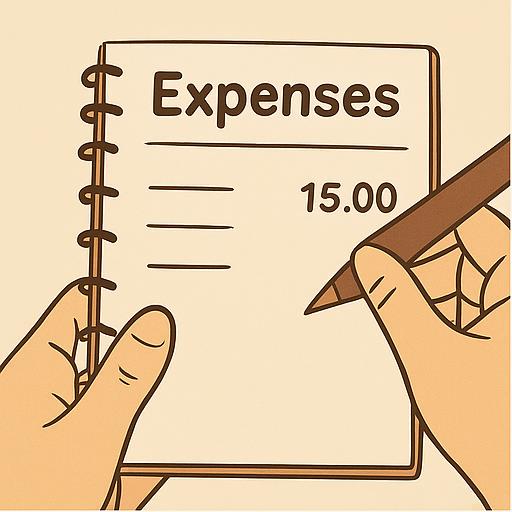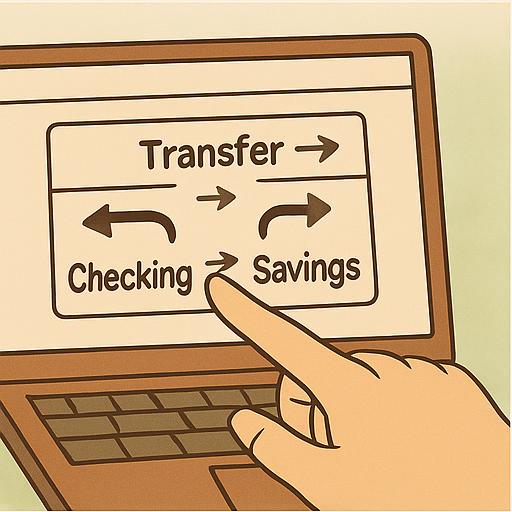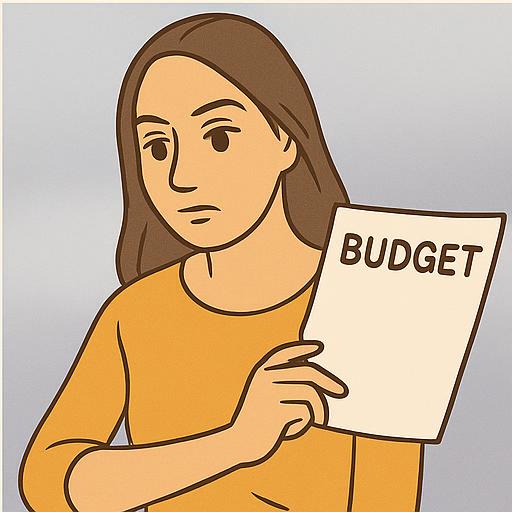
1. Evaluate the true need for the purchase
Before committing to any big expense, ask yourself whether this purchase is necessary and aligns with your priorities. Consider how it will add value to your life. Big purchases can be exciting - but impulse can lead to regret. Take time to reflect on whether now is the right moment.
Look at alternative ways to meet the same need. Could renting or borrowing achieve the same result? Comparing options may help delay or downsize your purchase in a way that saves money and meets your goal.
It’s important to think beyond immediate desire. Assess how this item or service fits your financial plans and goals over the next few years.

2. Research costs and set a realistic target
Start by learning the average price for what you’re planning to buy. Check multiple retailers or service providers. Knowing the price range helps you set a realistic target amount to save for. Be thorough - account for taxes, shipping, accessories, or maintenance costs too.
Write down your target amount clearly. Having a figure in mind makes saving easier and gives you a clear benchmark. A little research early prevents surprises later.
Also, pay attention to seasonal trends or promotions that could reduce your eventual cost. Timing your purchase wisely can lead to significant savings.

3. Build a dedicated savings plan
Once you know the target amount, create a separate savings plan for this purpose. Open a dedicated savings account or simply track it separately in your budget. This distinction helps keep your big purchase savings clear from your general savings or emergency fund.
Contribute consistently - even small amounts matter. Regular deposits build momentum and keep your goal top of mind. Automating contributions can make saving easier and more reliable over time.
By treating the savings plan like a bill you must pay, you prioritize your goal and avoid the temptation to spend that money elsewhere.

4. Avoid unnecessary financing
Whenever possible, save enough to cover the full cost of a big purchase rather than financing it. Loans and credit cards can add interest charges that inflate the overall expense. Planning ahead allows you to avoid debt and maintain financial control.
Sometimes financing is unavoidable - in those cases, compare terms carefully and choose the option with the least long-term cost. But the best approach is often patience: delay the purchase until you can pay in full.
This strategy reduces financial pressure and ensures that your big purchase truly fits your budget.

5. Factor future costs into your decision
Big purchases often come with ongoing costs. Think about maintenance, insurance, repairs, or upgrades. For example, buying a car isn’t just the sticker price - fuel, servicing, and registration add up over time. Estimate these future costs to get a complete picture of what you’re committing to.
Budgeting for these future expenses in advance can help avoid financial surprises. A wise purchase plan includes not just the upfront payment but its impact over the lifespan of the item.
Understanding total ownership costs can help you compare products more fairly and make a better long-term decision.

6. Give yourself time before buying
Even after planning, wait a little longer before making a big purchase. The waiting period gives you a chance to reflect, confirm priorities, and watch for better deals. A short pause can prevent emotional decisions and help ensure that this purchase still feels right after some distance.
Use this time to double-check your savings, re-read reviews, and gather any last-minute information. Being deliberate leads to better choices and more satisfaction when you finally proceed.
A big purchase should feel like a reward for careful planning - not a rush of impulse. The time you invest upfront pays off in financial peace of mind later.
Photo: taken from the internet